Are Men and Women not Sharing in the Caring?
If you’ve seen my portfolio, you’ve likely noticed that the Big Brothers Big Sisters of Greater Sudbury agency gets a lot of attention from me…
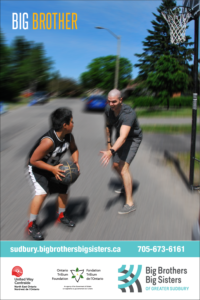
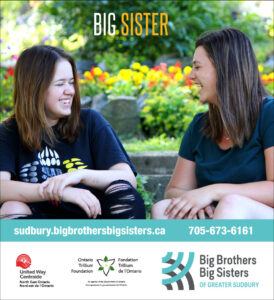
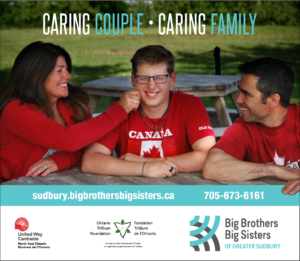
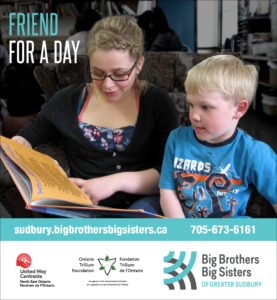
In early 2020, while completing an assignment for my Social Media Marketing class at George Brown College, I began to ponder something that was an issue in my professional marketing life. You see, I’d been using the Greater Sudbury Big Brothers Big Sisters as my marketing plans’ focus, and one issue the agency always deals with is:
- Where are the men?
It’s a big struggle – women are falling over themselves (metaphorically, duh) to sign up and be Big Sisters, but there’s constantly a waiting list for men. While the boys in the program can be and are matched up with Big Sisters, it’s not the ideal – these young men are usually in single parent (mother) homes and don’t need another woman in their lives. That’s why the Big Brothers agency was created in the first place.
Looking at the Facebook group stats, I found something troubling – about 80% of the group’s “Likes/Follows” were women. Small wonder our “Won’t You Be A Big Brother”-type messaging wasn’t connecting, if the majority of people paying attention to it were actually women.
So one night, while I was visiting at my brother’s (mere weeks before the 2020 lockdown ended visits), I asked his daughter about her classes. At the time, she was a college student for a Personal Support Worker program for developmentally challenged kids. Specifically, I asked her about the male/female breakdown of who was actually taking the course. And, when she checked her class, it turned out to be about 81% women, 19% men.
Interesting. That was two corresponding numbers. Could just be a coincidence. I did some research online… again, it came up that in social work-type courses, about 80% of students are women.
So, I asked Chantal at BBBS about the office structure…
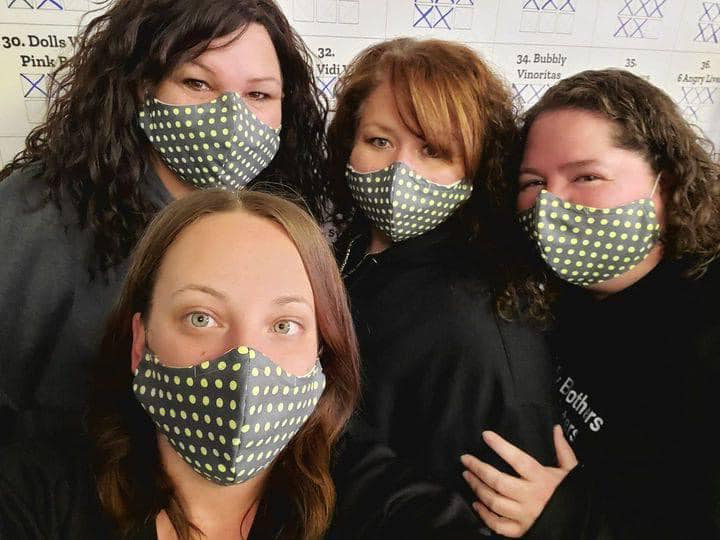
Oh, there you go. As it turns out, they’ve only had one one male Social Worker employee (the former Executive Director was a man, though) in the eighteen years she’d been there.
So, not so much a coincidence anymore.
I’m not going to pretend to have any deep insights into the “why” more women are attracted to social work, or why more men are simply not attracted to it, although I certainly could cast some sweeping generalizations about women being more naturally inclined to “nurture”. But, it’s obvious from the anecdotal evidence I’ve seen so far that there is a pretty strong imbalance.
But what’s that mean for the agency, and people in my line of work (graphic designer, and marketer in general)?
- It means that organic reach to the menfolk out there is likely going to be limited. If only 20% of the agency’s audience paying attention is men, that means that just dropping “Be A Big Brother” ad will likely be mostly seen by women.
- It means that you’ll probably want to put some money into the advertising, so that you can specifically target the guys out there.
- It means that there’s also potential out there to work your messaging a bit, and move away from “Hey Guys, Be Big Brothers”, and take advantage of that imbalance to target the women in the audience – “Hey Ladies, do you know a guy who’d be a great Big Brother?”.
I originally got involved with Big Brothers back in 2003 not because I’d seen some ad, but because Chantal was my friend, and she’d just started at Big Brothers of Sudbury (the agencies hadn’t amalgamated yet) as a volunteer student placement for her social work class. It was that personal connection that got me involved, and keeps me involved.
So… given that word of mouth will generally get you more traction than cold advertising, why not take advantage of the women paying attention, and get them to get the message out to the men who aren’t paying attention.